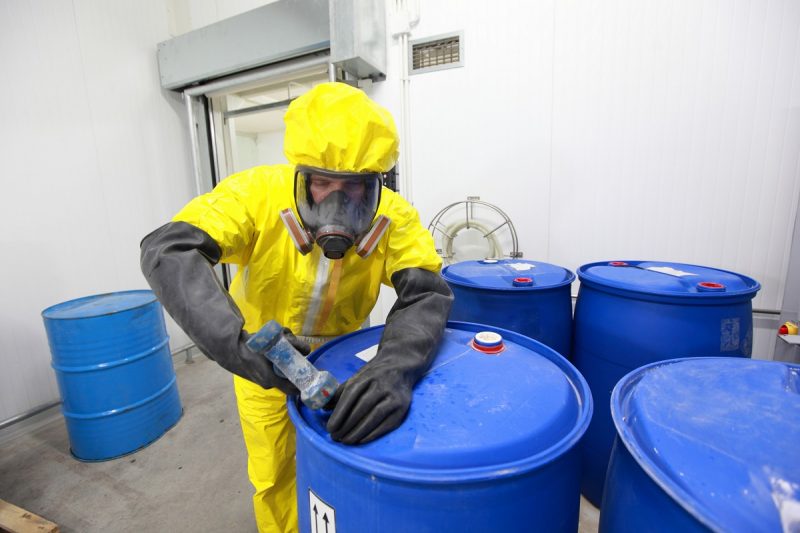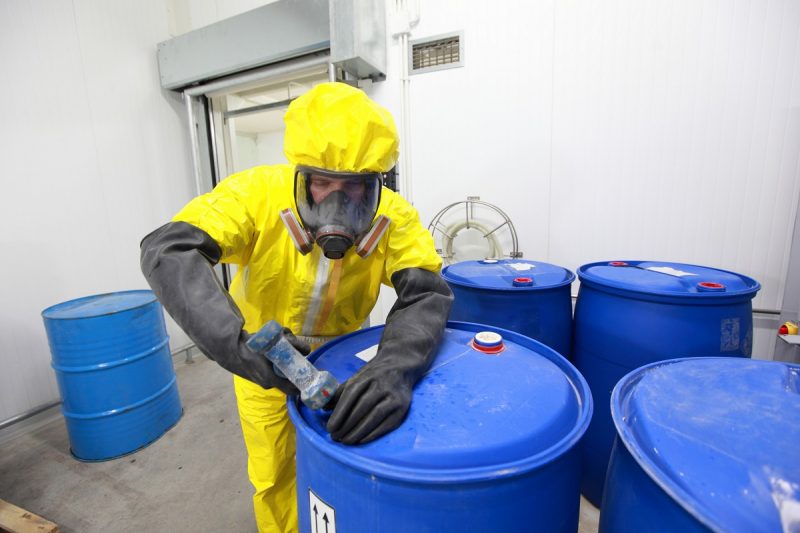Because of these four factors, hazardous waste disposal became a public issue in the United States in the mid-1900s.An increase in the volume of garbage was evident.
Disposal Costs Were Rising.
Decreased waste disposal capacity was a result of objections over the construction of new landfills and other facilities.
Concerns over environmental degradation eventually led to the 1976 enactment of the Resource Conservation & Recovery Act (RCRA). The model of the environmentally sound & cost-effective ways to the management &
The model of environmental sound & cost-effective ways to the management and disposal of hazardous waste was laid forth in the RCRA model.
The RCRA framework is extensive because of the environmental and health dangers posed by this waste. The EPA developed a “cradle-to-grave” regulation scheme based on it’s mandates to govern its whole lifecycle:
- Production
- Transport
- Treatment
- Storage
- Disposal.
Disposal is the emphasis of this article. Standard techniques for disposing of hazardous waste include a number of options. Recycling is another increasingly popular method of dealing with it. As much as recycling might be better than some of the alternatives, this may not be a practical option. Rather than merely dumping waste, treatment is an alternative technique. In the next sections, we examine treatment alternatives and the three most popular disposal techniques (as well as analyzing sustainability), concluding with recycling. You may determine the best method of the hazardous waste disposal for your company by examining these possibilities.
Ways To Dispose Of Hazardous Waste

Underground Disposal
Only if hazardous trash is carried to mines which are either dormant or partially active can this strategy be considered compliant Medical treatments, nuclear fuel production, laboratory experiments, radioactive resource mining, and other sources of radioactive waste necessitate the disposal of radioactive waste by many businesses. This approach is a robust and cost-effective choice in those situations.
The EPA says that these sites for hazardous waste will have different life spans.By ensuring that these devices are built, operated, and maintained in accordance with the organization’s standards, it is their job to keep the public and the environment safe.
Landfill Disposal
Dumpsites and landfills have been the primary garbage disposal method from the beginning of time. Liquid trash should not be disposed of in hazardous waste landfills, which are purpose-built for solid garbage only. In order to prevent them from piling up on top of one another, they were designed and excavated to be buried.
Lined with clay, HDPE or other non-porous materials, these landfills prevent garbage from leaking into the earth. Additional safeguards include leak protection systems, wind dispersal controls, and a double liner to ensure that as little waste as possible comes into contact with people or the environment.
Landfills for hazardous waste don’t usually have an effect on people’s health. When there is a leak, however, it is probable that individuals living near the dump will be hurt.
Ocean Dumping
In some cases, deep-sea depositing is employed to avoid contaminating groundwater. Prior to ocean dumping, hazardous waste must be treated because it has a significant influence on marine life. Human health is also affected by this treatment because waste from the seafood industry can enter the food chain and end up in human beings. If you get a permission from the EPA and adhere to the agency’s rules, this technique is permitted. (All dredged material permits are handled by US Army Corps of Engineers, with the EPA handling the remainder.)
Treatment is vital to the long-term viability of a project. Pollution from radioactive waste, industrial wastes, and sludge can all be found in the ocean. The poisonous heavy metals mercury and cadmium are found in around 10% of the dredged material.









